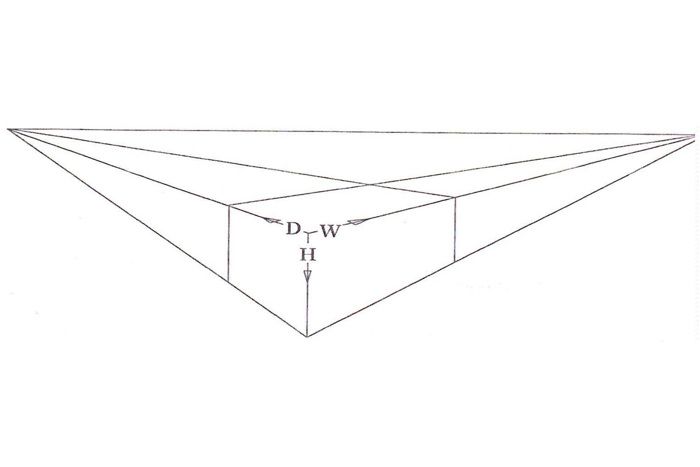
Step 1: Rough in carcase proportions - you draw the rough proportions using perspective to work out the depth, width and height of the desk.
The spring term at the Chippendale International School of Furniture http://www.chippendale.co.uk/ started with a design theme. Design is the very essence of a good furniture school and is taught throughout the course from many different angles, starting right from the very first day.
Anselm Fraser, the school’s principal, says:
“Our students learn how to conceptualise their designs using line drawings and perspective. Being able to draw furniture designs accurately and well is essential for furniture craftsmen. It gives you the knowledge you need to make the piece. Our students need to learn to draw furniture in different ways.
“Drawing a piece’s design plays a key role in the decision process between you, the maker, and your client. By seeing and agreeing to the final design, you know that the client will be delighted with the furniture on delivery.”
In order to develop the design for a piece of furniture, a student needs to answer a series of questions in an organized way. Design must follow a systematic process.
This is an example of one approach to design that is covered; it uses the ten step conceptual design approach to demonstrate how a desk is designed. Click through the pictures above to follow the 10 step process


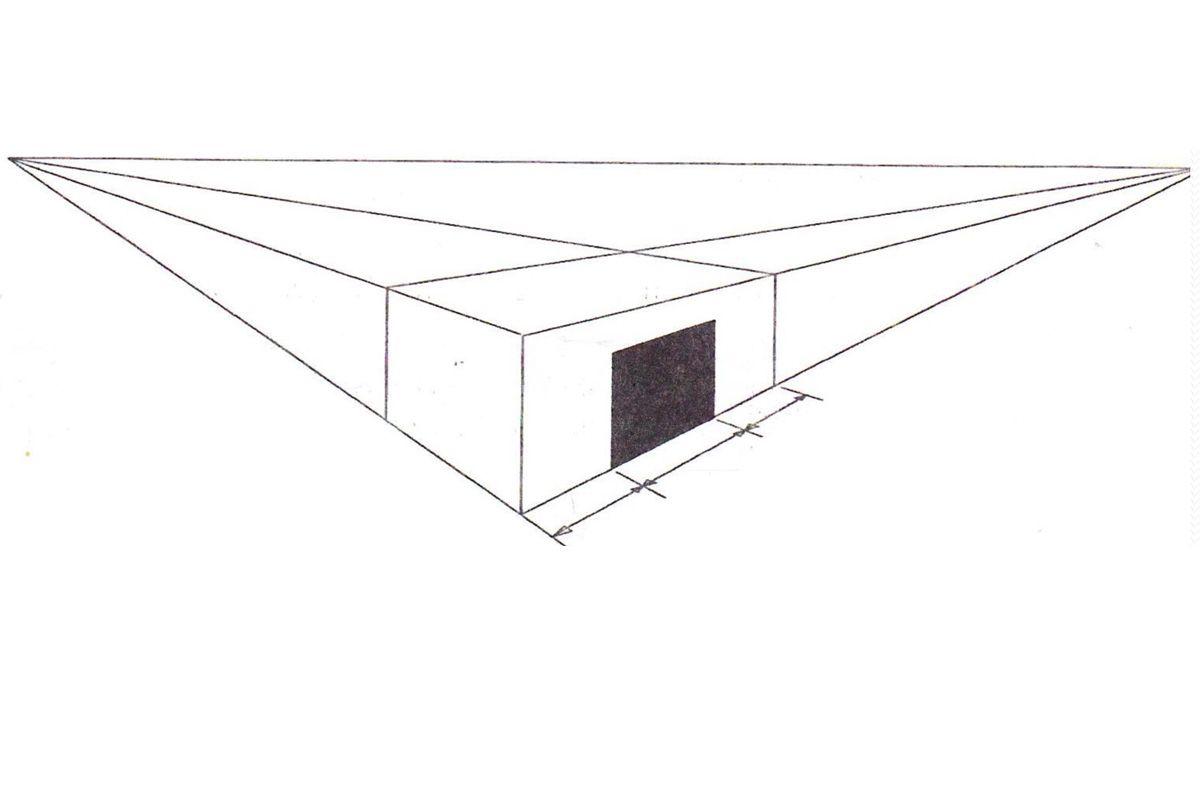
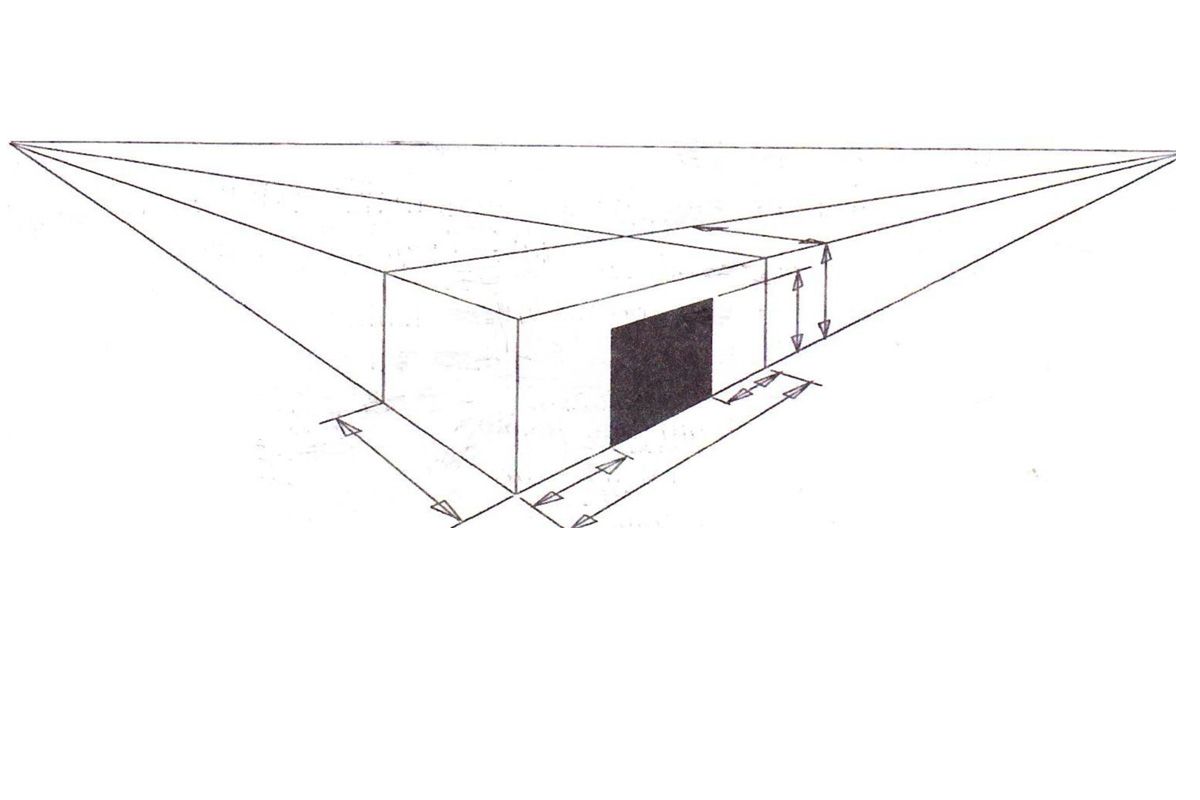
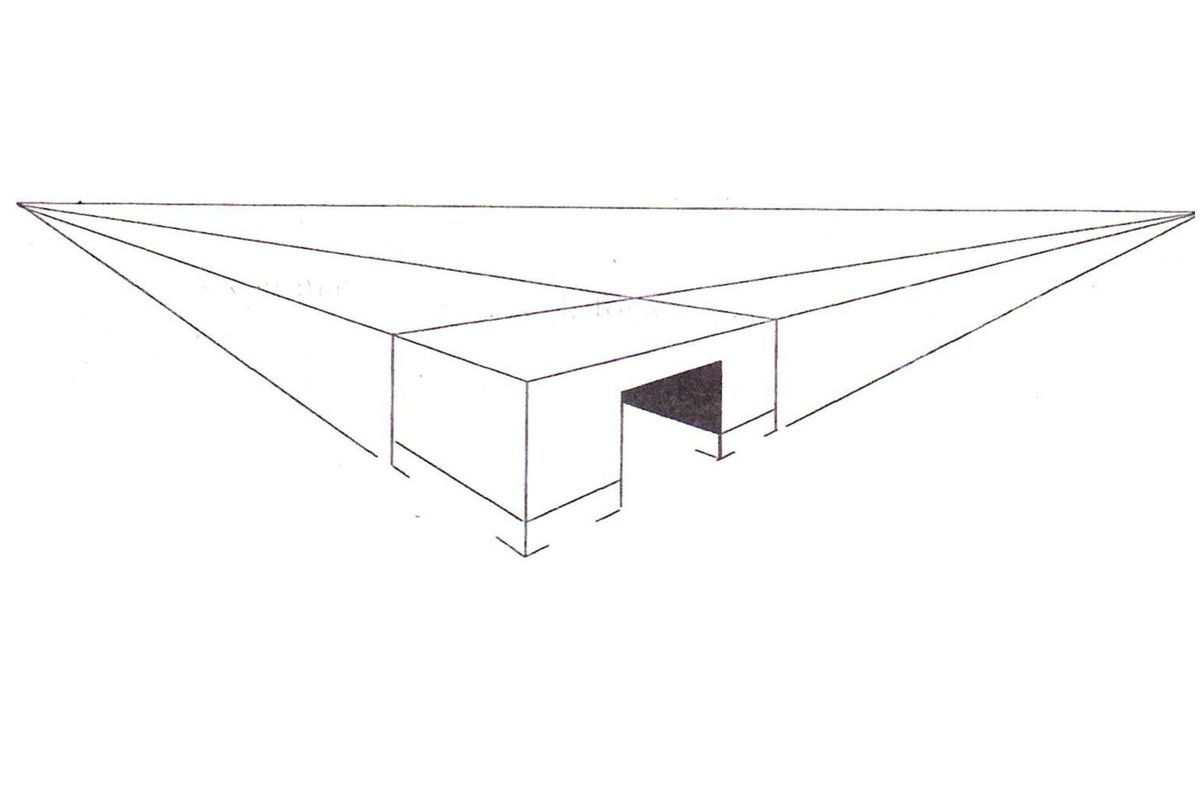
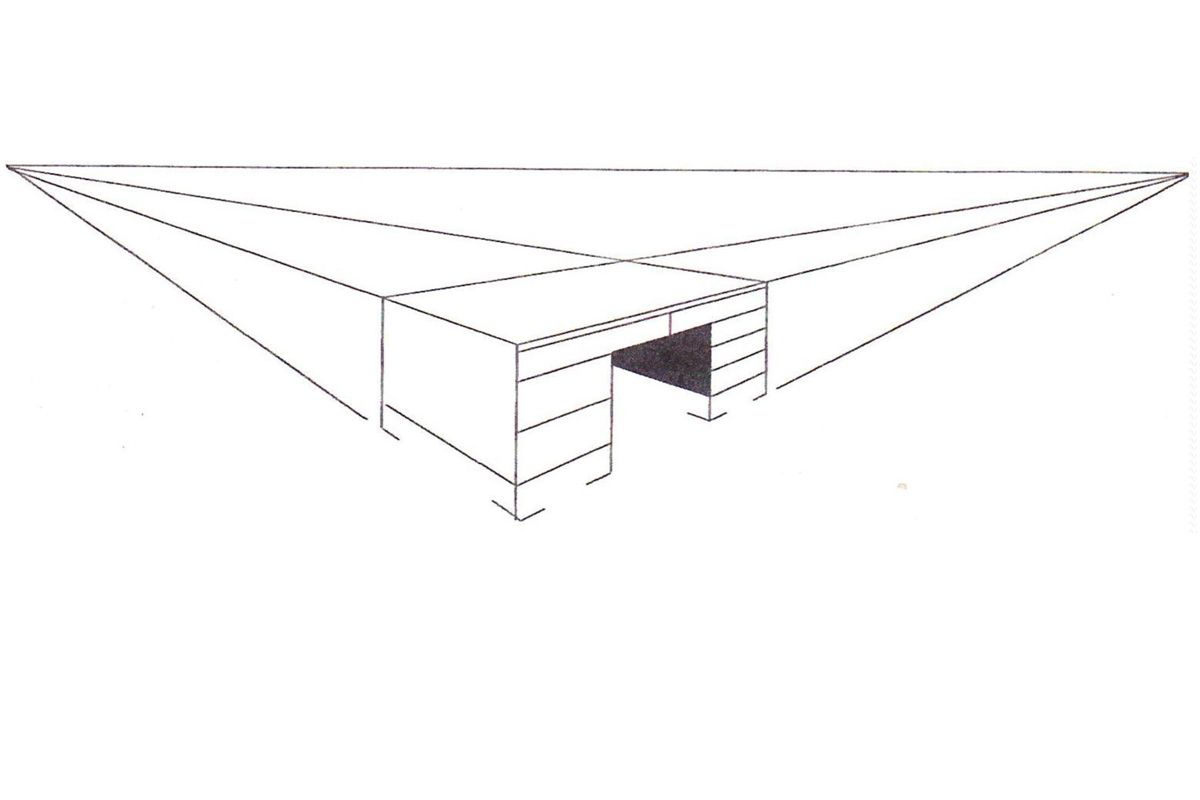
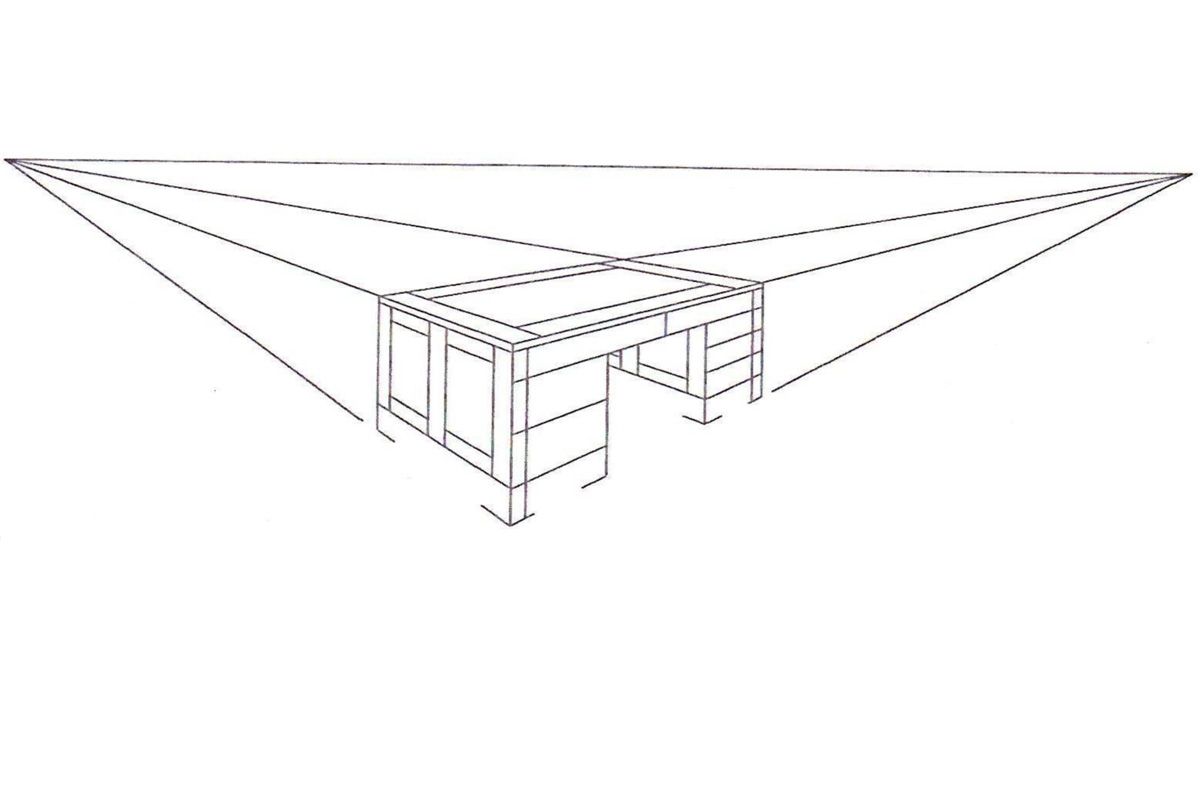
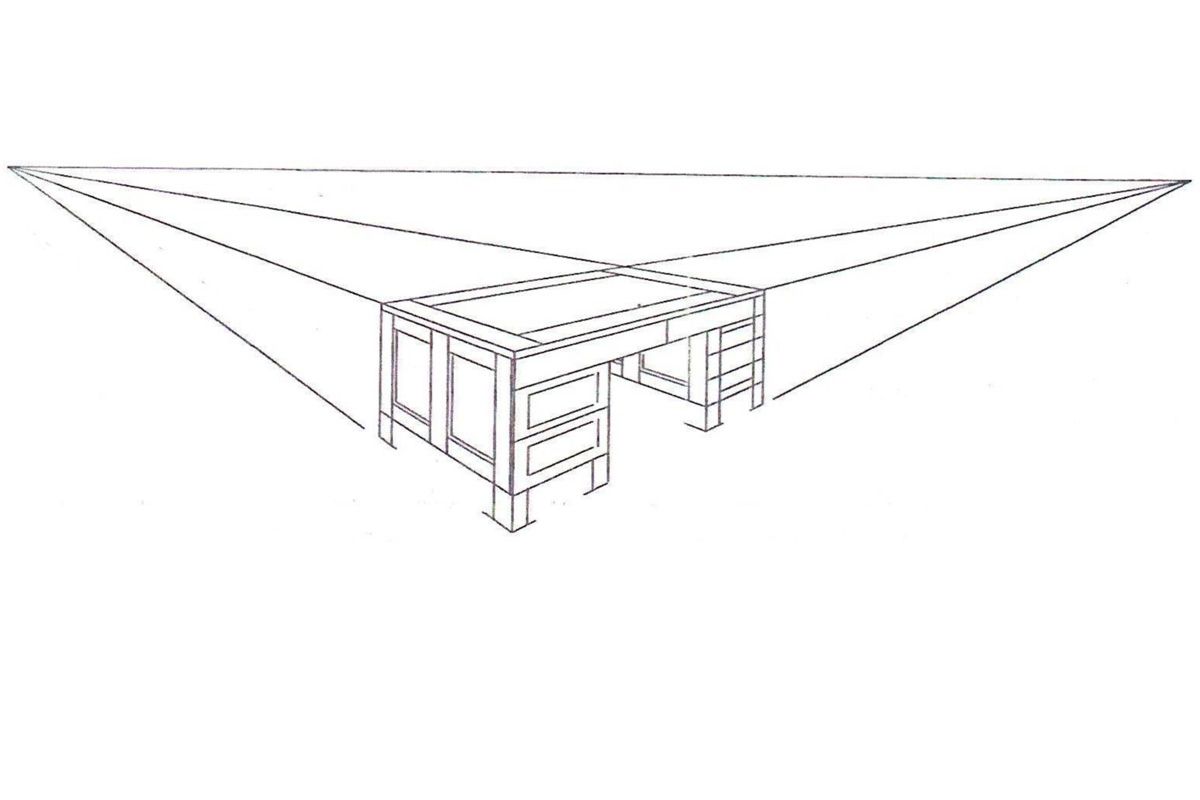
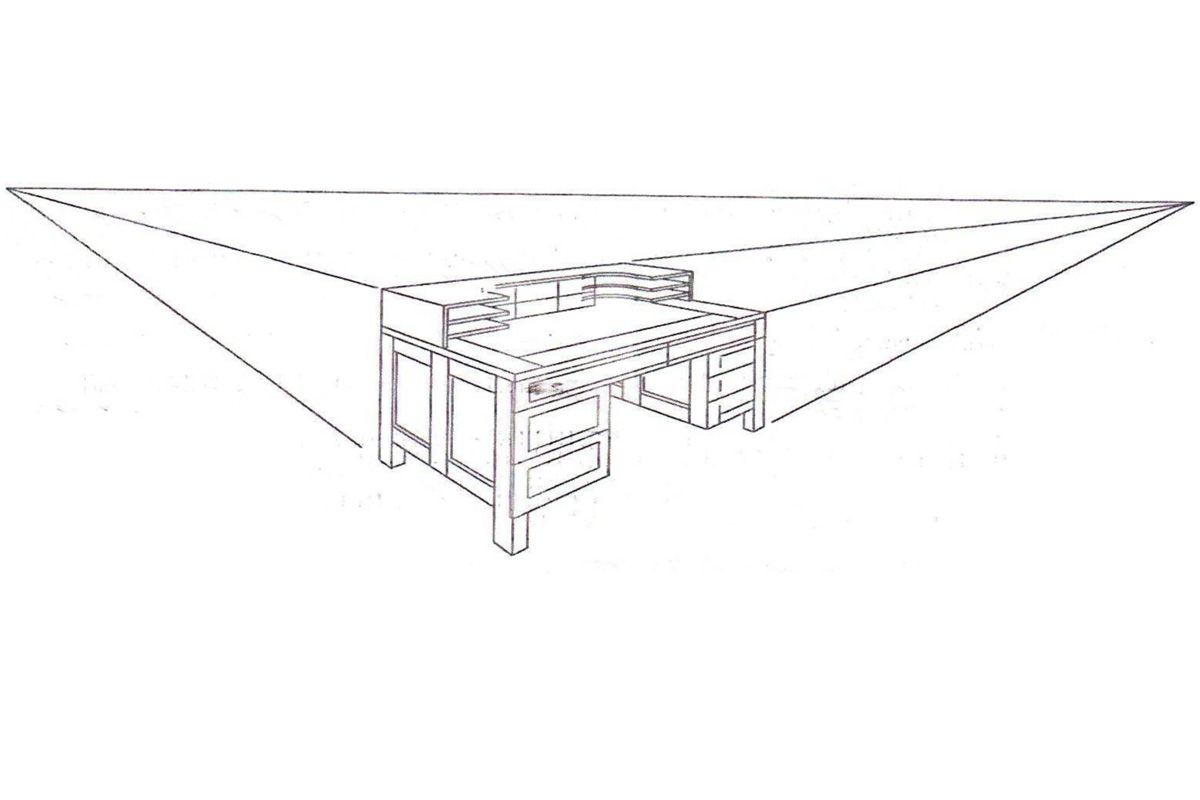


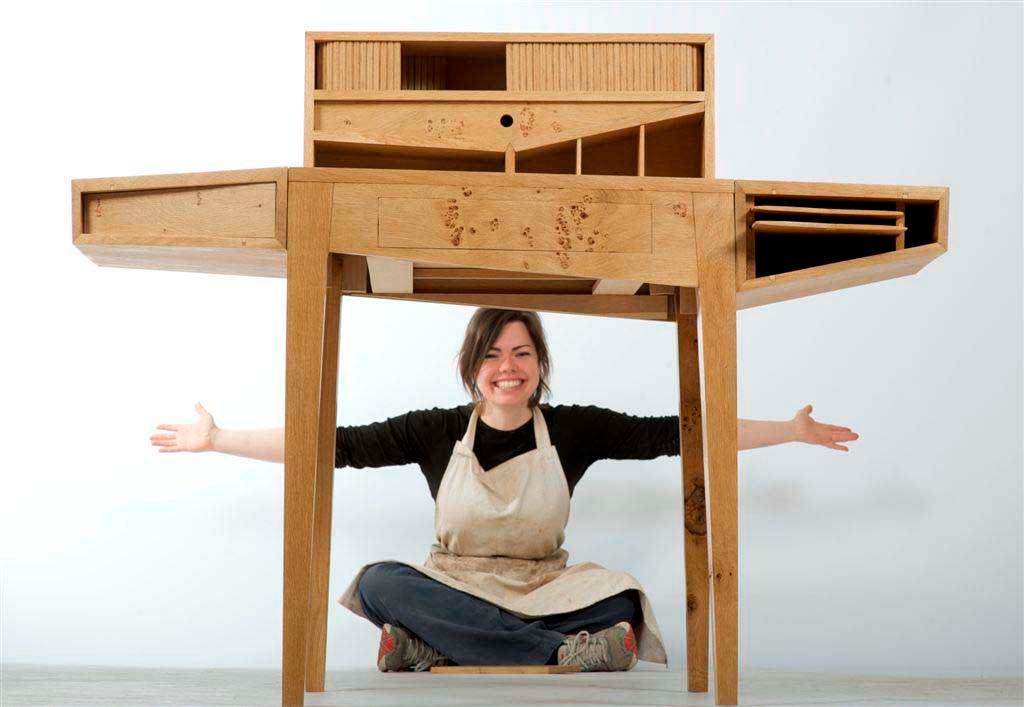
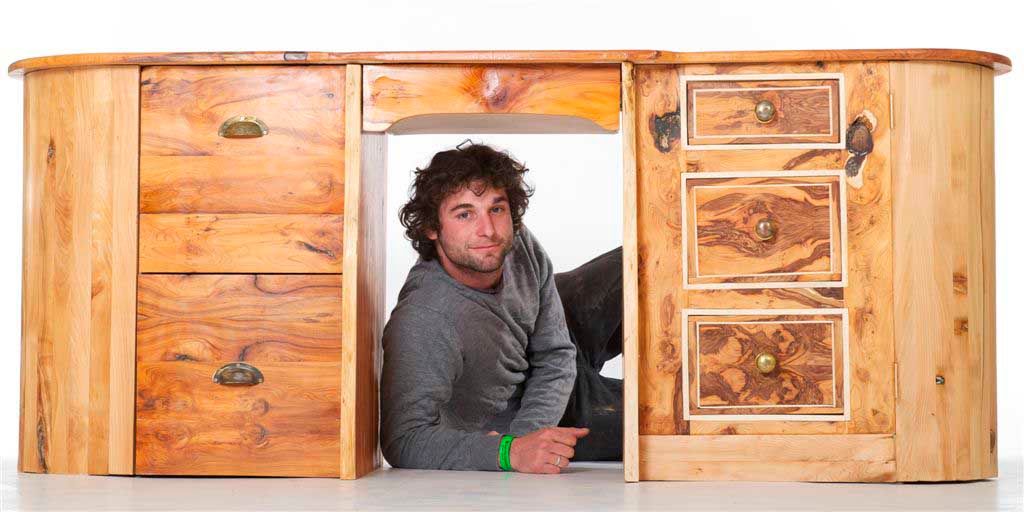


















Comments
Excellent exercise. It's worth noting, too, that SketchUp can be a powerful tool for roughing-in and then refining a design. I believe Dave Richards and Tim Killen have both done blog posts on the topic.
Also, students at College of the Redwoods often build full-size mock-ups from softwood and cardboard, refining their designs with saw and utility knife. Drawing is faster and easier, in my book.
dh
Full-size mock-ups are great,but can be time consuming. So we find full size drawings a very useful compromise, because customers can still sign off, having seen the actual size of everything and at the same time give us a 50% deposit! Now thats Design in action!
Log in or create an account to post a comment.
Sign up Log in